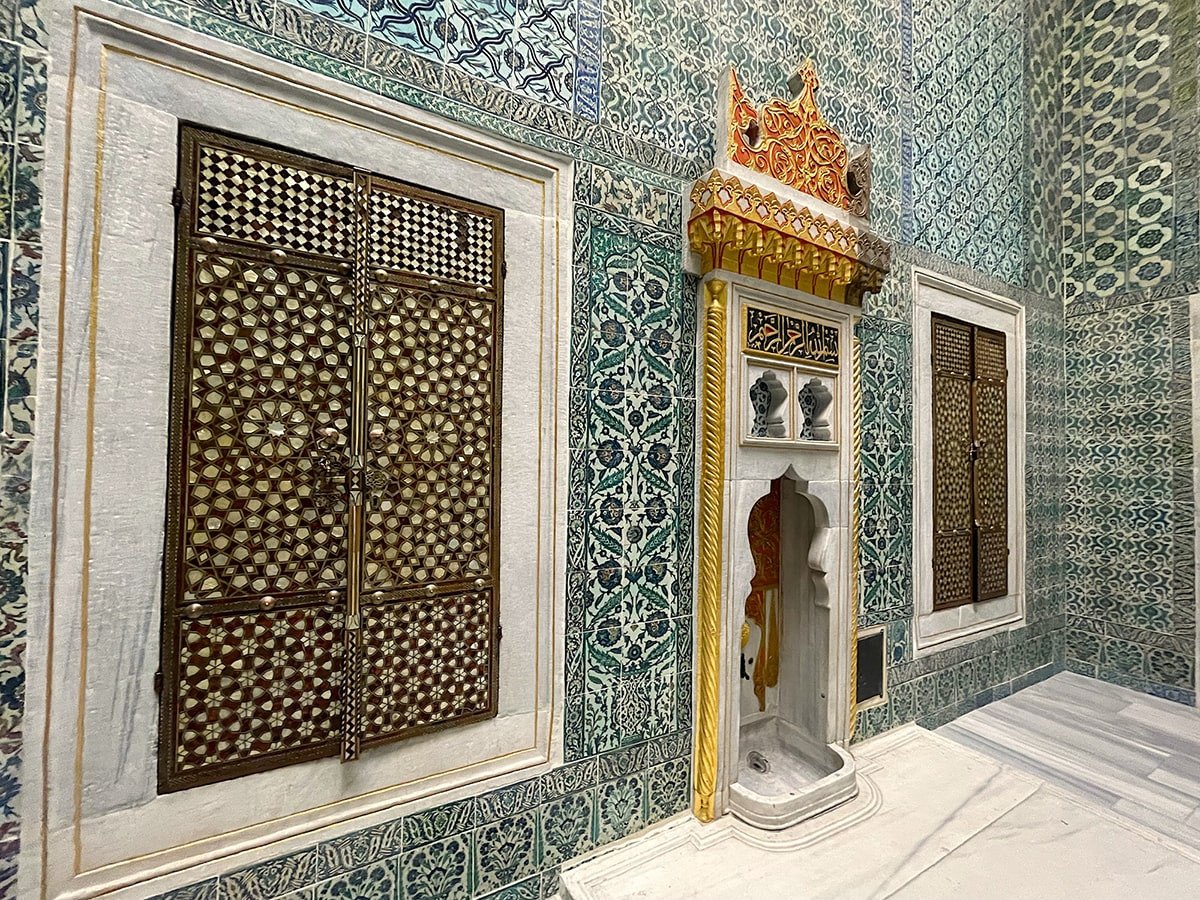Harem of the Topkapi Palace
Everything you need to know before visiting Topkapi Palace Museum
- Home
- Harem of the Topkapi Palace
Harem of the Topkapi Palace
The term harem is of Arabic origin and has various connotations, including “protected and isolated place.” In Islamic culture, it most commonly refers to the most private of exclusive-access areas. In the case of this building, the term applies to the organization of the royal household which was accessible to only a select group of individuals. The legendary exotic image of the Ottoman Harem in Western culture has long been one of a house of pleasure and fantasies. However, in actual history it appears more as a competitive political arena for royal power.
The purpose of the palace Harem was to ensure the continuity of the patrimonial royal family. Under the patronage of the sultan’s mother at the time, the Harem was where concubines were trained and the sultans’ children were schooled. The first and foremost priority was the reproduction of the sultan’s bloodline via as many male heirs as possible.
The Topkapı Palace Harem housed the private residences of the sultan, his mother, his women and children, brothers and sisters, the concubines, and the living spaces of the black aghas who were the protectors of the Harem. This intricate complex of rooms and halls that served as the private spaces of the dynasty is an extremely important complex in terms of architectural history, as it exemplifies the styles of various periods from the 16th into the beginning of the 19thcentury. Inside this Harem, which expanded with additions made during each sultan's rule, there are, today, approximately 300 rooms, 9 baths, 2 mosques, one hospital and many wards or dormitories.
Unlike the rest of the palace, the Harem section is an open-air courtyard completely surrounded by buildings. Since the space has been designed for efficiency, visits are less flexible as reaching a particular room requires walking through multiple other rooms.One important fact to know before we enter is that there is no washroom inside the Harem. Therefore, if you need a visit to the restrooms, you will need to go before or after touring the inside of the Harem.
Considering the use of space, the main division inside the Harem was drawn between three groups of eunuchs, who were the castrated slaves. These three groups were the protectors, servants and managers of the Harem. The first couple of courtyards and buildings behind the gates were theirs.
It should be known that the image of the Harem as a house of pleasure is far from the truth. Perhaps the most sacred duty of this institution, headed by the sultan’s mother, was to control the production of princes who would ensure the continuity of the state.


